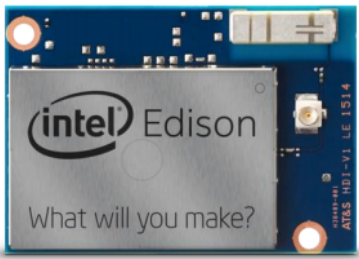The only thing I don't really like is how we have yet another tiny Intel system. There's NUC, Brix, UDOO, UP, and I think Zotac makes some too. I'm not sure if there are others. The only AMD boards I'm aware of are the Gizmos, and there aren't many of them and I don't think any are currently based on Zen. Hardkernel would've been better off with the slightly higher price to use a less common product.
To my knowledge, there are no small devices like this available with GPU processing power similar to the Tegra series but based on x86. It's pretty much an un-tapped market.
To my knowledge, there are no small devices like this available with GPU processing power similar to the Tegra series but based on x86. It's pretty much an un-tapped market.





 Optimal base of AM4 is 65W, base of FP5 is 15W. It is totally different POV on these, on Desktop you want performance so these desktop lower TDP ones are called power optimized, while in notebook space it is the opposite these are designed for low power in the first place so these with more TDP are just power bumped up ones
Optimal base of AM4 is 65W, base of FP5 is 15W. It is totally different POV on these, on Desktop you want performance so these desktop lower TDP ones are called power optimized, while in notebook space it is the opposite these are designed for low power in the first place so these with more TDP are just power bumped up ones 

Comment